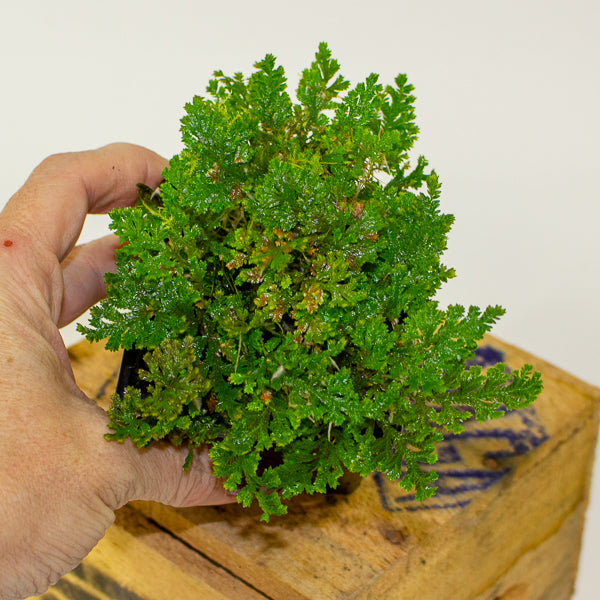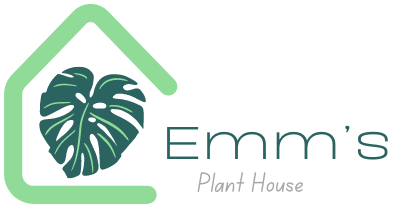1
/
of
5
Emm's Plant House
Selaginella uncinata (Peacock Spike Moss)
Selaginella uncinata (Peacock Spike Moss)
Regular price
£12.00 GBP
Regular price
Sale price
£12.00 GBP
Unit price
/
per
Taxes included.
Couldn't load pickup availability
Selaginella uncinata, commonly known as Peacock Spike Moss, is a stunning tropical plant admired for its iridescent blue-green foliage that shimmers under light. Native to subtropical regions of China, this moss-like plant thrives in humid, shaded environments and makes an exceptional choice for terrariums, vivariums, and indoor tropical displays.
- Full Botanical Name: Selaginella uncinata
- Common Names: Peacock Spike Moss, Blue Spike Moss, Peacock Fern
- Country and/or Region of Origin: China and Southeast Asia
- Growing Conditions in Native Habitat: Found in shaded, moist forest floors and rocky crevices with consistently high humidity and cool temperatures
Care Guide
Care Guide
Share










